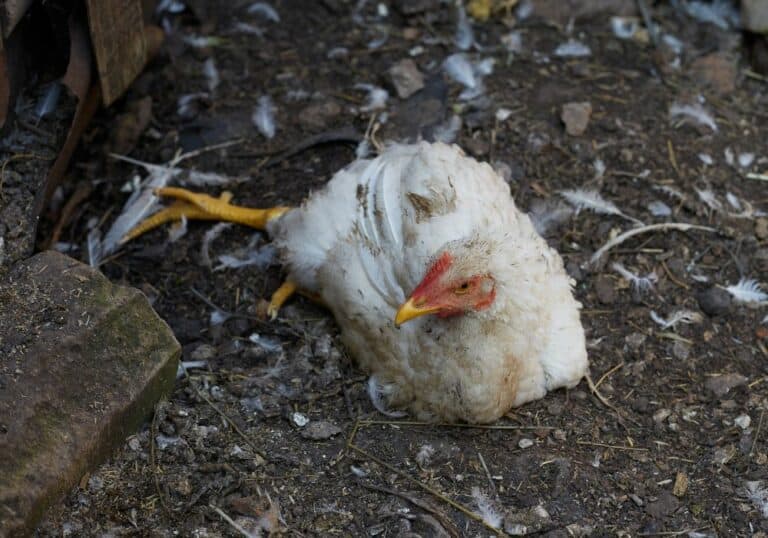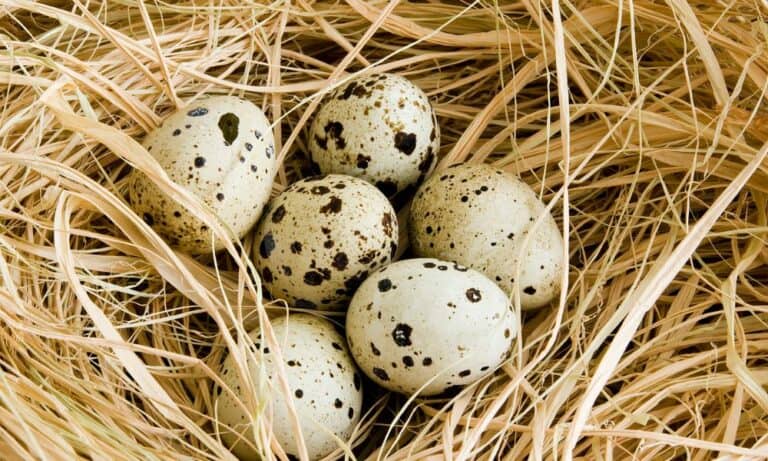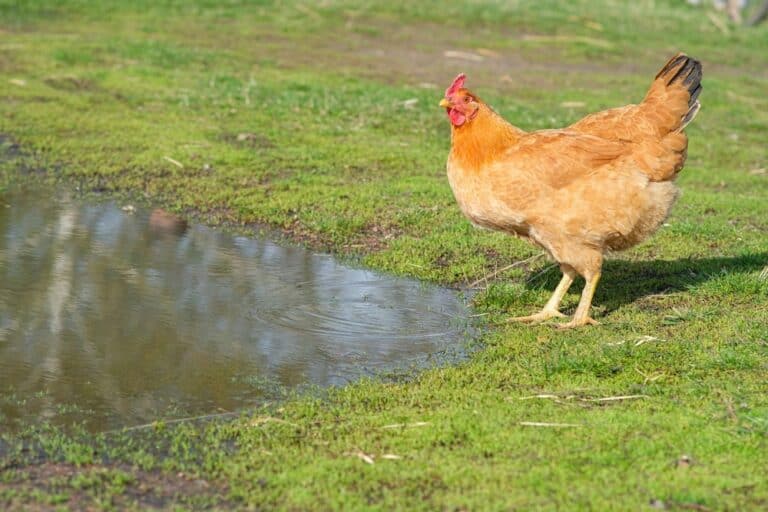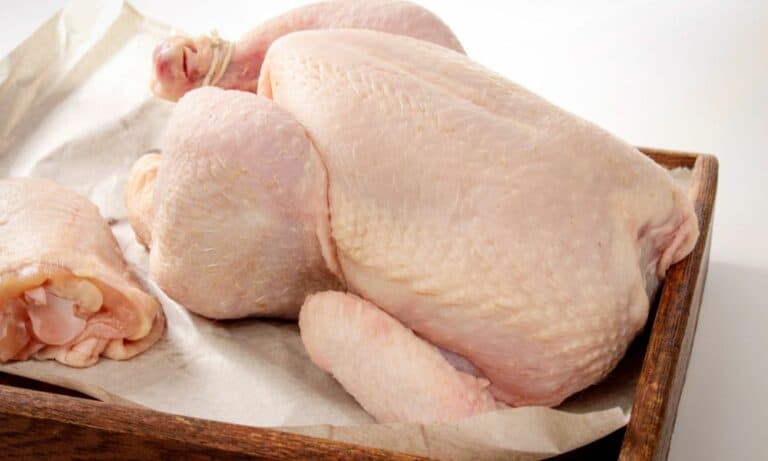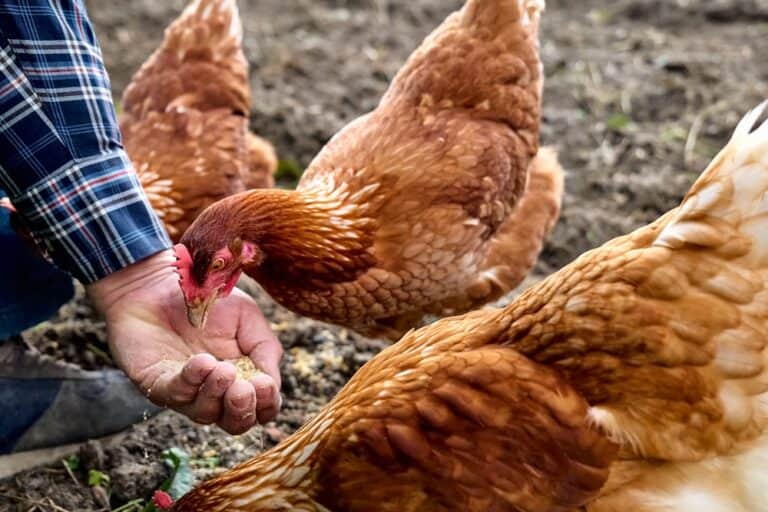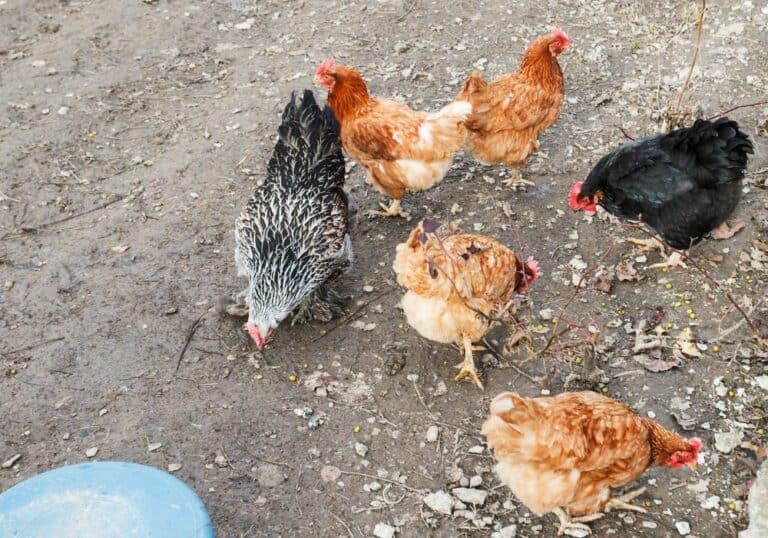More often than not, poultry owners tend to pay more attention to protecting their flock from foxes and coyotes looking to attack, snakes looking to steal eggs, and raccoons looking to climb fences that they forget the predator that lurks in the sky waiting for the perfect time to strike, the hawk.
The best way to protect your chickens from hawks requires putting certain precautions that will see to their protection even in your absence. You can achieve this by planting shrubs and bushes for your chickens. Alternatively, getting guard animals like watchdogs to keep an eye on them will also help. Finally, you can keep hawks away by simply including roosters in your flock.
In this post, we’ll discuss in detail how to protect chickens from hawks, offering some basic information about these birds of prey and delving into measures you can take to ensure your chickens are protected from their reach.
Hawks and Their Predatory Behavior
Hawks are aerial predators capable of attacking, killing, and carrying off an adult chicken. They are known for being swift when swooping down to pick up their prey and will seize even the slightest opportunity to attack a vulnerable chicken. In addition, they usually hunt during the day, a likely time for your chickens to run around and forage outdoors.
Although there are about a hundred species of hawks, the most common ones that prey on poultry flocks are Red-tailed, Cooper’s, and Red-shouldered hawks. These species exhibit similar and distinct characteristics when hunting and we’ve discussed a few below:
1. They Hunt in Pairs
Interestingly, the red-tailed hawk, sometimes called the chicken hawk because of its affinity for poultry birds, would sometimes hunt in pairs, each guarding an end and leaving no room for their prey to escape.
2. They Hunt More in Open Fields
Red-shouldered hawks are slightly bigger than red-tailed ones and are more likely to be found around wooded areas. However, they would occasionally come out in the open field to hunt for food. When a red-shouldered hawk attacks your flock, you’ll often find a chicken or two missing, as they tend to snatch up their prey whole.
3. They Hunt All Year Round
The red-tailed and red-shouldered hawks are winter raptors, meaning they actively hunt in winter seasons just as much as they do during summer. So, you may need to protect your chickens from them all year round.
4. They Hunt in Areas With More Food
Regarding size, Cooper’s hawks are the smallest, about the same size as a crow. You’re more likely to spot this species than the others because they feel more at home in domestic environments. However, that doesn’t make them any less predatory. In fact, they love domestic settings because of the abundance of food at their disposal.
5. They Hunt Both Old and Young Chickens
Due to their size, Cooper’s hawks cannot snatch up an adult chicken but can kill and eat parts of it on the spot. Also, they can easily pick up a chick and would prefer to attack a fully grown one if they spot both in sight.
Ten Ways to Protect Your Chickens from Hawks
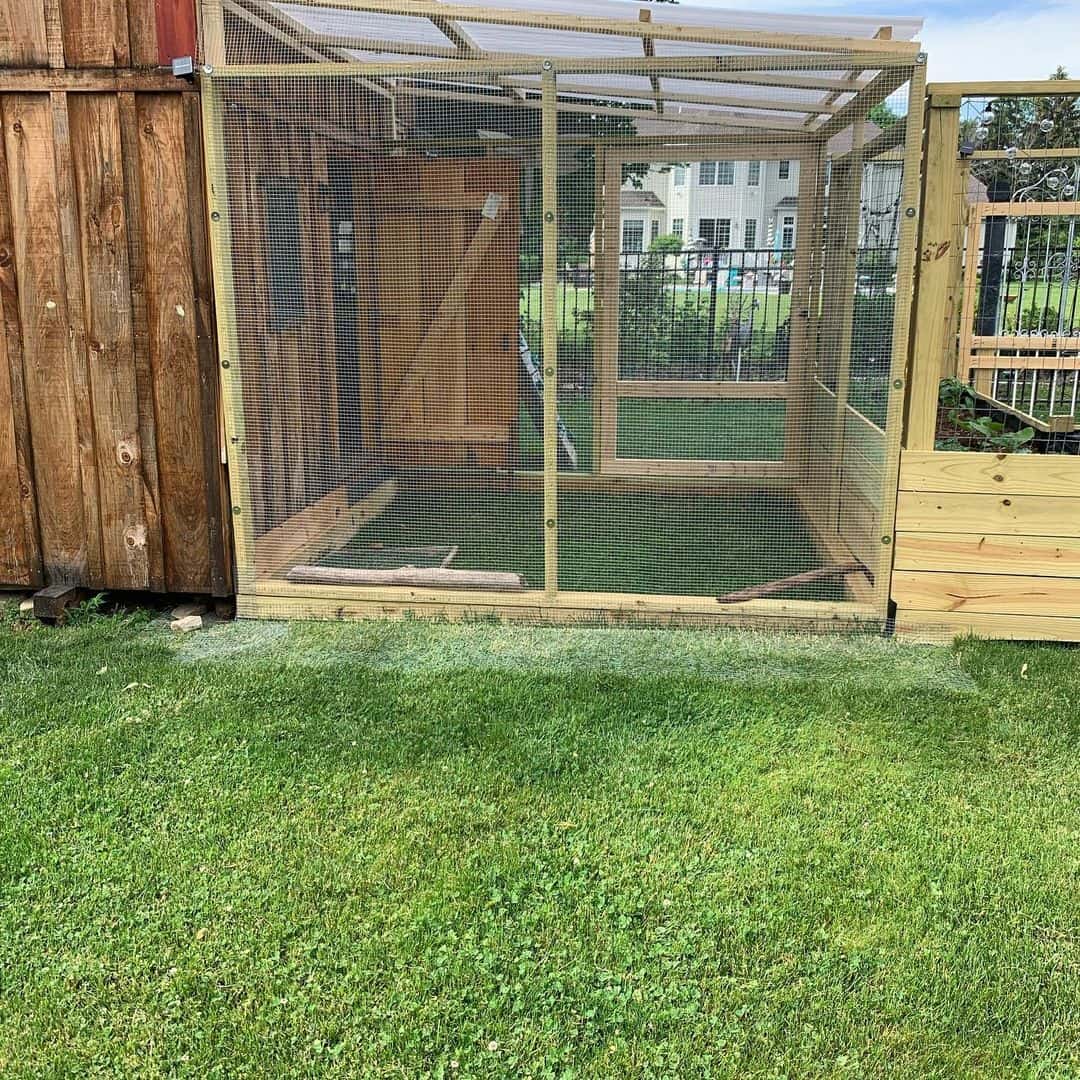
Several tactics for securing the area where chickens are placed have been adopted over the years to protect chickens from hawks. Depending on the size of your poultry as well as your budget, you can try a combination of the following:
1. Invest in a Sturdy Coop/Run
Structures for housing chickens, such as coops and runs, are necessary when planning for their protection. Although many of these structures are available for sale, you may decide to build one from scratch as it provides more opportunities for you to customize to your taste.
However, note that the most important thing is ensuring it is secure enough for your chickens. Therefore, investing in a coop that is wide enough to house your flock while incorporating a hardware mesh to deter predators such as hawks is advisable.
That said, keep in mind that chicken wires aren’t the same as hardware meshes. While hardware meshes ensure your flock is safe from hawks, chicken wires only ensure they’re properly confined and may not be effective in protecting them from these predators. So be sure not to confuse one for the other.
When installing the hardware mesh, a good tactic is to bury it at least 6 inches into the ground to ensure it’s firm enough to withstand agitation.
2. Add a Black Chicken to Your Flock
Adding a few black chickens is one of the easiest ways to deter hawks from messing with your flock. This is not because black chickens are more aggressive or stronger than the rest. As a matter of fact, they naturally don’t stand a chance against hawks.
The idea of including them in your flock is an age-old trick that stems from the fact that from an aerial view, these black poultry birds happen to look a lot like crows, the natural sworn enemies of hawks. So seeing a few black chickens running among your flock will, more often than not, prevent hawks from coming close as they try to avoid a hot chase by a couple of crows.
3. Get a Couple of Roosters
Typically, roosters are known to have a more aggressive personality than hens. So they’re likely not to cower or flee at the sight of a hawk. When faced with predatory dangers, the natural protective instincts of a rooster kicks in, making it do whatever it takes to ensure the other chickens are safe.
When a rooster spots a hawk above, it often raises an alarming squawking sound to alert the others that danger is ahead. When the flock is alerted, it positions itself in front of them, leading them to a place of safety until the hawk is gone.
Although all roosters are natural protectors, not all exhibit this remarkable trait at a high level. Therefore, be sure to back up your addition of a rooster with a few other protective measures to ensure your flock is well protected against these aerial predators.
4. Provide a Secure Shelter for Your Feeders
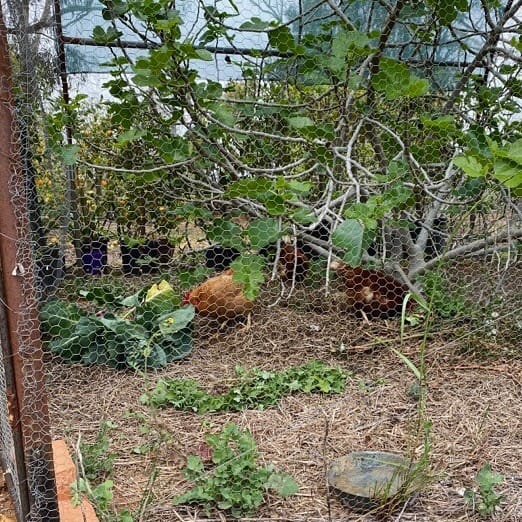
When chickens feed, they’re less alert to their environment and, therefore, more vulnerable to predatory attacks. Typically, because hawks are opportunists and very clever birds, they’ll seize that very moment to launch a raid on your chickens.
Consequently, if you have feeders placed in separate areas from the coop or run, a wise thing to do is to ensure they have a secure covering over and around them. This will keep your birds safe as they feed.
However, if you don’t have enough budget to erect a secure shelter for your feeding station, you can opt for placing your feeders in locations where hawks can’t penetrate, such as a covered porch or patio.
5. Grow Lots of Plants and Trees
Having several trees, shrubs, and bushes scattered in areas surrounding your coop or run is an important step, particularly if you raise free-range chickens. This is because hawks find it challenging to weave through branches to snatch up prey. Also, shrubs and bushes provide the perfect covering for your chickens, as hawks can hardly spot anything moving between them.
If the areas around your coop or run have little or no vegetation, you can start by planting small fruit trees such as fig, plum, and orange. Alternatively, you can go for shrub plants like pomegranate, spicebush, and blackberry, as these tend to grow faster, providing your chickens with enough coverage from hawks in no time.
It’ll interest you to know that not all shrubs and bushes are ideal for planting where chickens are free-range. For example, poisonous plants like the oleander and plants having thorns like roses can pose dangers for your flock and, therefore, should not be found in close range.
6. Get a Guard Dog
You can take protecting your chickens up a notch by getting a livestock guardian dog (LGD) to be on a constant lookout for predators. These dogs are specially trained to spot and wade off creeping, running, and flying creatures that pose a threat to your flock.
Hawks will stay clear once they spot a dog because they do not enjoy being attacked by big furry animals who don’t fail to remind them that they can be prey too. Also, they find the smell of dogs repulsive and would rather not come anywhere close as a result.
Unfortunately, LGDs can often cost a fortune, so not everyone has enough money for one. However, the good news is dogs like mastiffs, German shepherds, and Doberman pinschers make good watchdogs. So, you can easily get one and train yourself.
Keep in mind that because hawks are very canny birds, it’s not advisable to stick to a particular schedule for letting your dog out as these birds are well able to take note of that and attack at a time when they’re certain the dog will be indoors and away from your flock.
7. Mount a Scarecrow
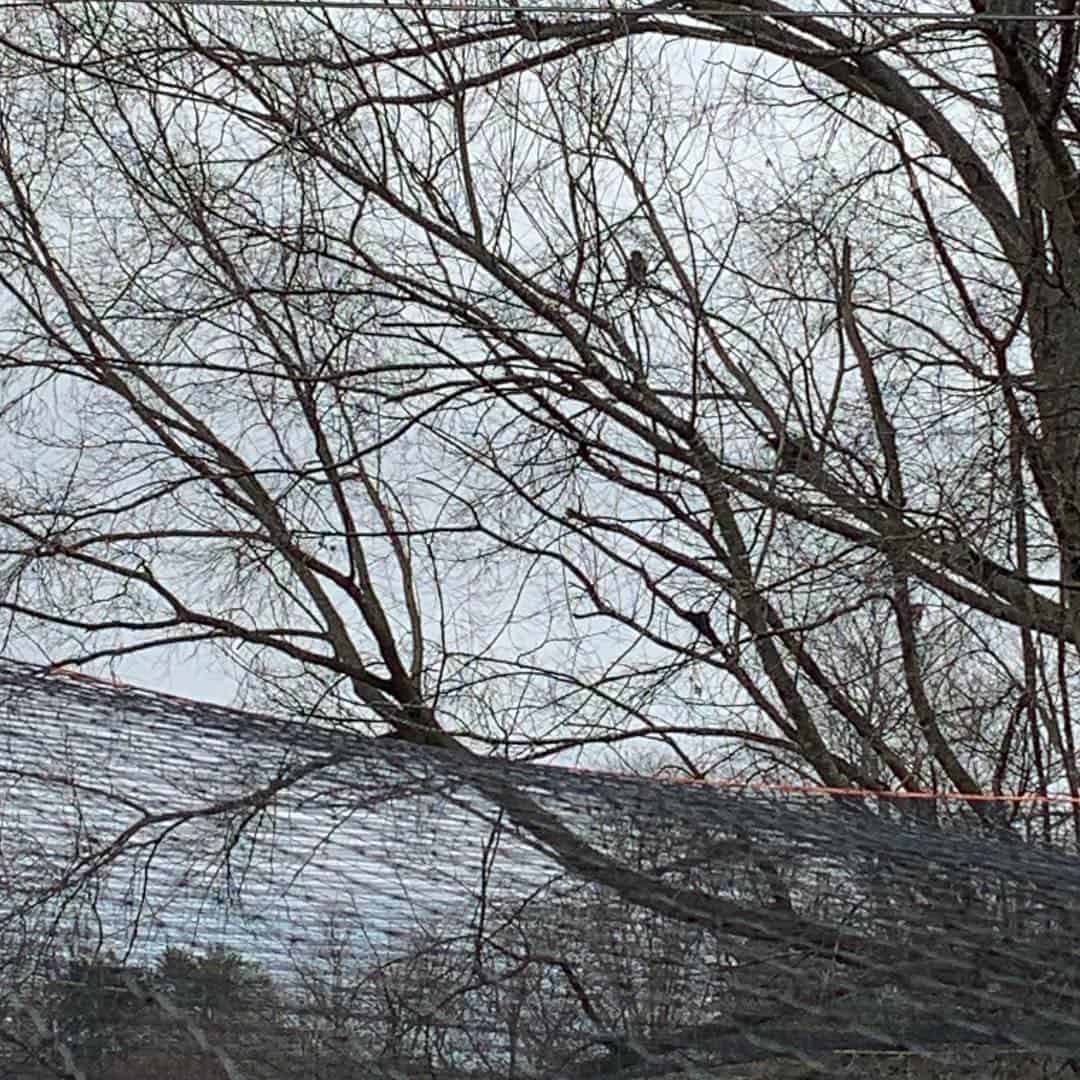
If you don’t buy into the idea of getting a dog, you can opt for scarecrows. Although these human decoys are traditionally used to keep birds away from crops, they have proven to be a very useful protective tactic for keeping your chickens safe.
We’ve already mentioned that hawks are smart birds, so to ensure that your scarecrow rattles any approaching hawk enough to send it scuttling, you must construct one that looks believable. A scrawny-looking scarecrow will only be useful as a convenient perch where hawks rest to contemplate which of your chickens to target.
Also, mounting a well-constructed scarecrow will only deter hawks for a short time if it’s constantly in a position, as these birds will figure out it’s a decoy, thus defeating its purpose. Therefore, ensure you change the position of your scarecrow occasionally to keep these flying predators on their toes.
8. Place Reflective Objects Around
Hawks have a strong aversion to bright light as it literally weakens their vision and sends them flying in the opposite direction. Therefore placing objects capable of reflecting the sun’s rays is a brilliant way to keep these menacing birds away from your chickens. Asides from the light, these reflective objects tend to produce metallic noises that hawks find repelling.
You can DIY these objects by cutting up old CD plates, DVDs, reflective tapes, or even pie plates into tiny strips or fragments and attaching strings to them. Once the strings are in place, hang them outside your coop, on tree branches, along your fences, and on any other suitable elevated surface. Ensure they’re tightly secured in place to avoid being blown away.
One thing you should note when using this method is that these reflective materials can cause harm to your chickens due to their sharp edges. So be sure to place them in places too high for them to reach.
9. Make Use of a Decoy Owl
Given that owls are very common predators of hawks, settling for them when there’s nothing else to eat, mounting a decoy owl within the parameters of your outdoor space is a surefire way to keep them away. Naturally, hawks can’t stand the sight of owls and would rather go hungry than get into a fierce battle with one.
Another reason hawks will cease approaching a chicken field when it spots an owl is that it may assume that it’s already there for a hunt and thus is roused for a fight, as both owls and hawks share a fondness for preying on chickens.
However, much like the scarecrow, when using an owl decoy, ensure you change its position occasionally to prevent hawks from detecting it is a ruse.
10. Add Some Noise
Hawks are quiet birds and appreciate the serenity of their environment. Hence, they’re more likely to stay away from noisy areas. That said, including noise sources in your poultry farm will keep these birds away. For example, you can hang a radio or place lots of wind chimes to amplify the sound because the louder, the more effective.
However, remember that hawks may get used to the noise as time goes by. Therefore, a better approach will be to combine noise with a couple of other methods, such as hanging shiny objects and getting a dog.
Conclusion
Keeping your chicken safe from hawks is possible by applying the methods discussed above. However, inasmuch as they’re effective, nothing beats you being on a steady lookout for your flock. So try out some of these tips together and keep an eye open to spot what to improve to provide the best protection for your poultry.

